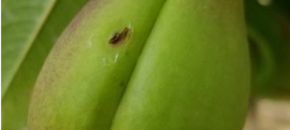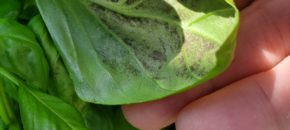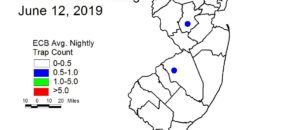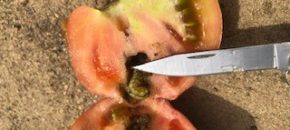This auction sells: lambs, sheep, goats, calves, beef cattle, pigs, rabbits, and all types of heavy fowl. Auctions are held every Tuesday with the first sale beginning at 10:30 am and ending at the last sale 5:30 pm. Hay, straw, grain, and firewood are also for sale. Farm Fresh Eggs available for purchase by the […]
Continue reading...Fruit IPM for 6/14/19

Recent Rain Patterns and Insecticide Use: Given our recent periods of rainy weather, many growers are questioning the need for repeated applications, and the weatherability of the materials already applied. Dr. John Wise at MSU has been studying the residual properties of insecticides for a number of years.
Continue reading...USDA Secretary Perdue Issues Statement on Disaster & Trade-Related Assistance
(June 10, 2019 – Washington, D.C.) – U.S. Secretary of Agriculture Sonny Perdue issued the following statement on disaster and trade-related assistance: “Whether it’s because of natural disasters or unfair retaliatory tariffs, farmers across the country are facing significant challenges and tough decisions on their farms and ranches. Last month, immediately upon China reneging on […]
Continue reading...Basil downy mildew confirmed in southern New Jersey – ALERT 6/30/20

Basil downy mildew has been confirmed in field-grown basil and sweet basil being sold in ‘box store’ retail establishments in southern New Jersey. All basil growers are encouraged to scout their fields on a daily basis and begin preventative fungicide programs in BDM-susceptible and DMR varieties. For more information on controlling BDM in the field-grown […]
Continue reading...IPM Update 6/12/19

Sweet Corn European corn borer (ECB) moths catches have declined to nearly nothing over the past week (see map at left). Feeding percentages have increased, and should peak over the next 5-7 days. As of the weekend, feeding percentages as high as 24% in Cape May and 60% were found in whorl corn in Somerset County, […]
Continue reading...Tomato Fruit Worm Found in Southern New Jersey

Tomato fruitworm was confirmed in a tomato field in Gloucester County on June 12th. Tomato growers should be applying insecticides to control this pest when monitoring for eggs and small larvae result in seeing any signs of worm activity. There is no economic threshold for tomato fruitworm. When control is needed, it is essential to […]
Continue reading...